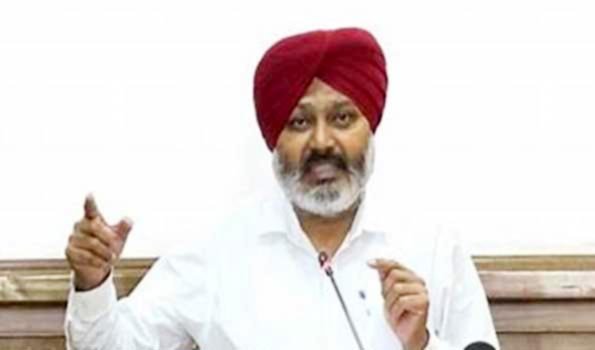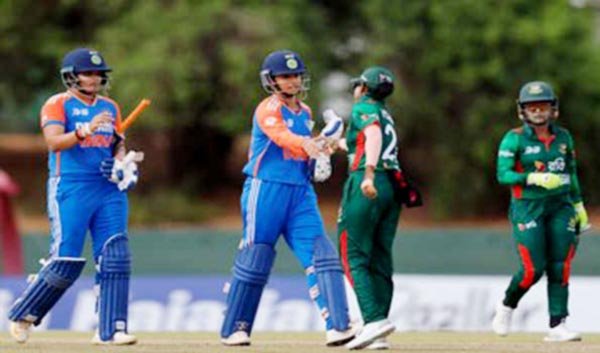Kolkata, Mar 13 (UNI) India’s retail inflation has eased marginally to 4-month low of 5.09 per cent in February 2024, compared to 5.10 per cent in January, due to the deceleration in all categories except food, according to Dr Soumya Kanti Ghosh, Group Chief Economic Adviser, State Bank of India.
The persistence in food inflation carried in current month. Food inflation increased to 7.76 per cent from the previous month print of 7.58 per cent.
Within food inflation, protein items (meat, egg) inflation increased exorbitantly (in the range of 400-500 bps) in February month as compared to January month.
Vegetable prices also increased m-o-m by 300 bps to 30.2 per cent. Core CPI declined to 3.37 per cent – a 52-months low and reached the level of October-19. The present reading a trend reversal in CPI after its acceleration due to Covid-19 and subsequently declined.
With moderate fuel prices, inflation is currently being driven by food price dynamics. Looking ahead evolving food prices will determine domestic inflation.
CPI inflation is expected to remain slightly above 5.0 per cent till May and declining thereafter to 3 per cent in July. Inflation is expected to stay below 5 per cent beginning November till the end of FY25.
Spatial heatmap shows that the largest weighted contribution to the current reading of CPI came from Maharashtra and Uttar Pradesh.
Despite the expected trajectory in CPI, the abrupt large fluctuation in many of the CPI sub-components underscores the need to revisit the base year and estimation methodology of CPI.
Recent release of CES (2022-23) may have an impact on food CPI and subsequently on overall CPI as the weights of major food items has been revised from 47.8% in 2011-12 to 42.8% in 2022-23 at all India level. There is urgent need to rationalise the weights under CPI.
However what is important is the significant divergence between NAS data and CES data. The NAS data typically captures the PFCE data and this data as released by NSO on February 29 shows a significant divergence of amount spent on food.
Since CPI is basis for RBI’s monetary policy decisions it should be appropriately calculated. By substituting existing weights with new weights, the new headline CPI is lower than the old headline CPI in the recent period by around 40 bps.
Parallelly in February, the US Consumer Price Index for All Urban Consumers increased 0.4 percent, seasonally adjusted, and rose 3.2 percent over the last 12 months, not seasonally adjusted. The index for all items less food and energy increased 0.4 percent in February (SA); up 3.8 percent over the year (NSA). Thus Federal reserve is expected to keep a pause till CPI show convincing decline.
“Taking all factors into account, our ANN model incorporating data up to August 23 with lag 1 data of CPI, Core CPI and Fed rate shows that RBI may keep the repo rate unchanged at 6.5 per cent, as such the first-rate cut is scheduled in Q2FY25,” Ghosh said.
From the supply side, IIP grew by 3.8 per cent in Jan’2024 compared to 4.2 per cent (revised) in December 23 and 5.8% in January 23. Mining grew by 5.9 per cent, Manufacturing grew by 3.2 per cent and Electricity grew by 5.6 per cent.
Meanwhile, for April-January 2024, industrial growth stood at 5.9 per cent as against 5.5 per cent in April-January 2023.
“Based on our inhouse ANN model, the current repo rate at 6.5 per cent, looks ideal. We can expect the first rate cut only in Q2FY25,” he added.











